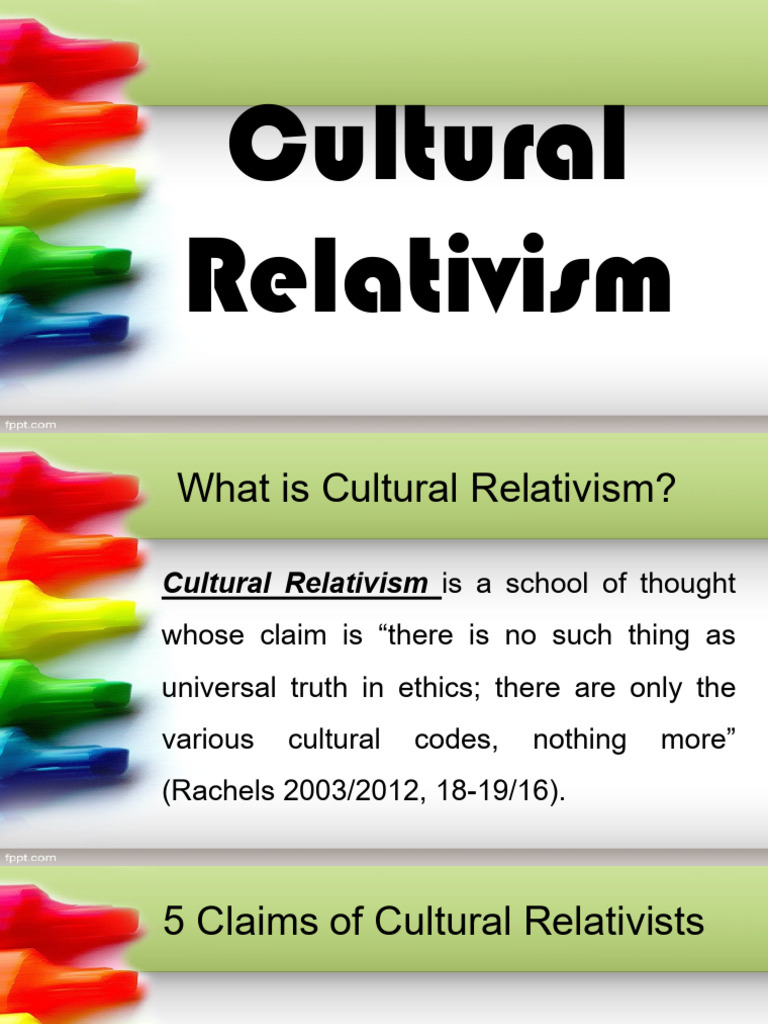Cultural relativism is a concept that arises from the intricacies of understanding human societies and their varied moral compasses. At its core, cultural relativism posits that one’s beliefs and practices must be understood based on their cultural context rather than be evaluated against the standards of another culture. This perspective is essential in fostering tolerance and comprehension among disparate groups. When discussing cultural relativism, it is worthy to explore various forms of representation, such as clip art, which can aid in visualizing its fundamental aspects.
Clip art serves as a versatile medium for depicting complex ideas in a simplified manner. The use of visual representations can convey multifaceted ideas swiftly, thereby facilitating a better grasp of cultural relativism. Here are several types of clip art content readers can expect when exploring this theme:
1. Illustrative Representations of Cultural Symbols
One approach is through the illustration of culturally significant symbols. Various artworks can encapsulate the essence of different cultures—be it the intricate patterns of Native American textiles or the symbolism of African masks. Such representations offer visual testimonials to the cultural distinctiveness that cultural relativism celebrates. The heightening of visual diversity underscores the idea that no single culture holds superiority over another, thereby aligning with the ethos of cultural relativism.
2. Infographics Explaining Cultural Norms
Infographics serve as effective tools in educating audiences about specific cultural practices, norms, and values. This type of clip art can distill complex sociocultural information into digestible visual blocks. For example, an infographic could elucidate the differing eco-centric practices among various societies. By presenting statistics and descriptions side-by-side, viewers can gain insights into how cultural perceptions influence environmental policies or practices, reinforcing the principle of cultural relativism wherein each culture’s approach is valid within its own context.
3. Cartoons Highlighting Cultural Interactions
Cartoons can serve as both educational and humorous vehicles for discussing cultural relativism. These visual narratives often depict characters from diverse backgrounds engaged in meaningful dialogue or, conversely, conflicts arising from misunderstandings. Such illustrations bring to the forefront the importance of dialogue and the potential consequences of cultural insensitivity. They reinforce cultural relativism’s message by advocating for mutual respect and understanding among varying cultural groups.
4. Maps Depicting Cultural Regions
Geographical representations through clip art, such as maps, can provide visual context to the vastness of cultural diversity. Maps can delineate areas known for specific cultural practices, traditions, or philosophies. The inclusion of annotations discussing specific cultural traits can further enhance the viewer’s understanding. These maps can spotlight how geographical and climatic factors influence cultural practices, thereby enriching the narrative surrounding cultural relativism.
5. Conceptual Art Representing Relativistic Philosophy
Conceptual art often challenges viewers to think deeply about abstract ideas, making it an ideal form of clip art for portraying the philosophical underpinnings of cultural relativism. Such representations may not always be immediately recognizable but provoke thought regarding moral frameworks. For instance, an abstract piece contrasting harmonious and discordant elements may symbolize the need to reconcile differing moral views among cultures. This artistic approach invites viewers to reflect on their perceptions and assumptions regarding other cultures.
6. Photographic Collections Showcasing Cultural Diversity
Photography, as a form of clip art, can powerfully showcase the diverse range of human expression. Photos can capture cultural festivals, traditional attire, rituals, and everyday life across various cultures, highlighting their unique facets. This visual collection not only serves to celebrate cultural diversity but also emphasizes that each culture’s practices and beliefs are deeply intertwined with their historical and social contexts. Thus, these images resonate with the principles of cultural relativism by affirming that no culture is inherently inferior or superior to another.
7. Symbolic Representations of Values
Images that symbolize core cultural values—like community, family, respect, and spirituality—can be effectively utilized within the framework of cultural relativism. Such symbols can evoke emotional responses and foster a sense of shared humanity, emphasizing that while cultures may differ in practices or beliefs, the underlying values often intersect. This recognition can pave the way for a more nuanced appreciation of cultural differences, firmly rooting itself within the dialogues that cultural relativism promotes.
Conclusion
In conclusion, the diverse array of clip art related to cultural relativism serves not only as an educational tool but also as a vehicle for empathy and understanding. By visualizing the complexities of cultural norms, symbols, and values, audiences can engage in deeper discussions about societal differences and the importance of cultural context. This multifaceted approach to understanding cultural relativism underscores the significance of compassion and respect for all cultural expressions, ultimately cultivating a more inclusive world. The varying forms of clip art, whether through symbols, infographics, cartoons, or photography, contribute to a rich tapestry that illuminates the principles of cultural relativism and the importance of respecting diverse cultural narratives.
